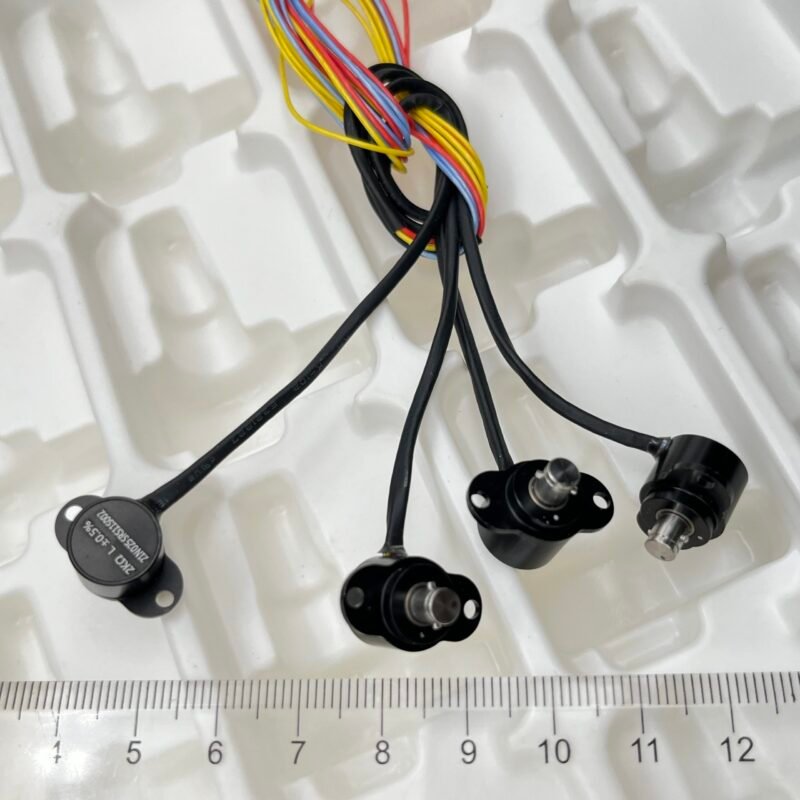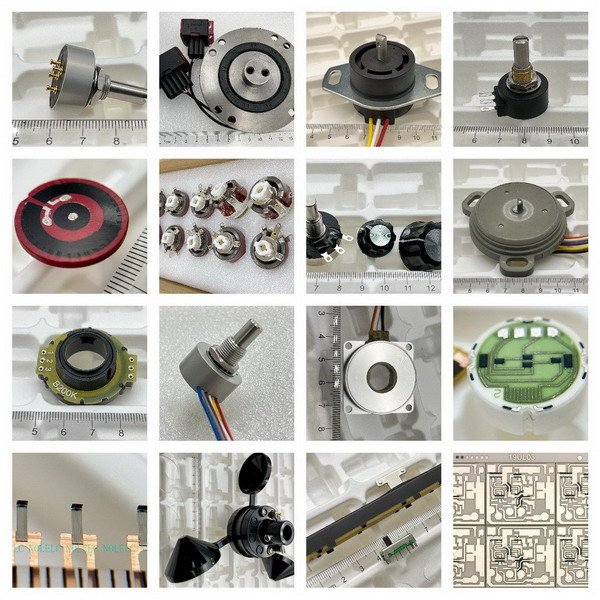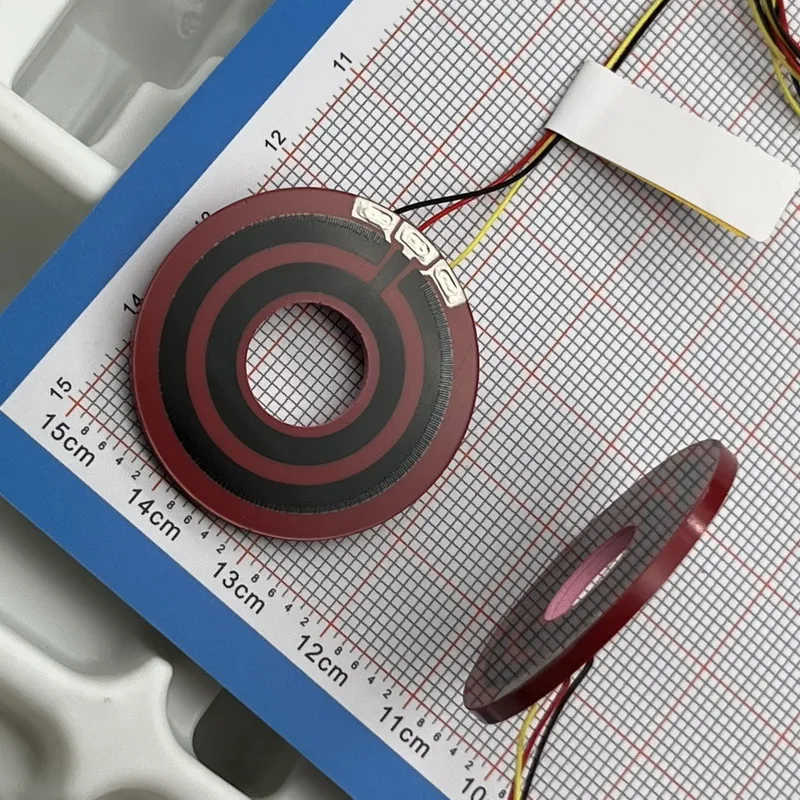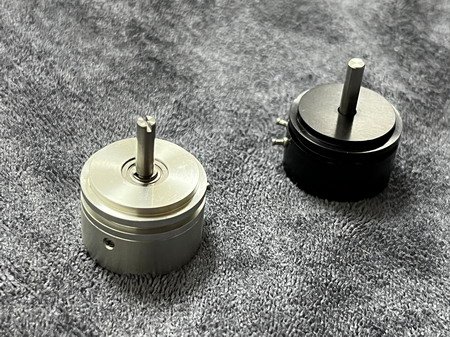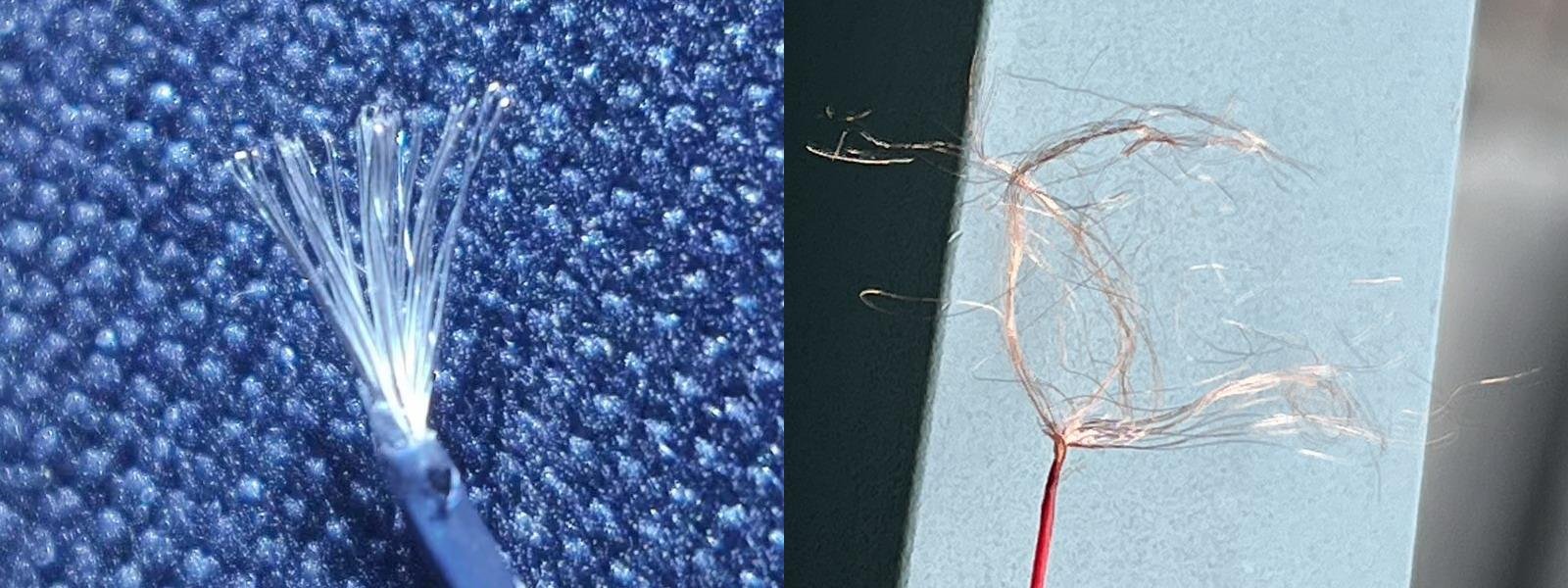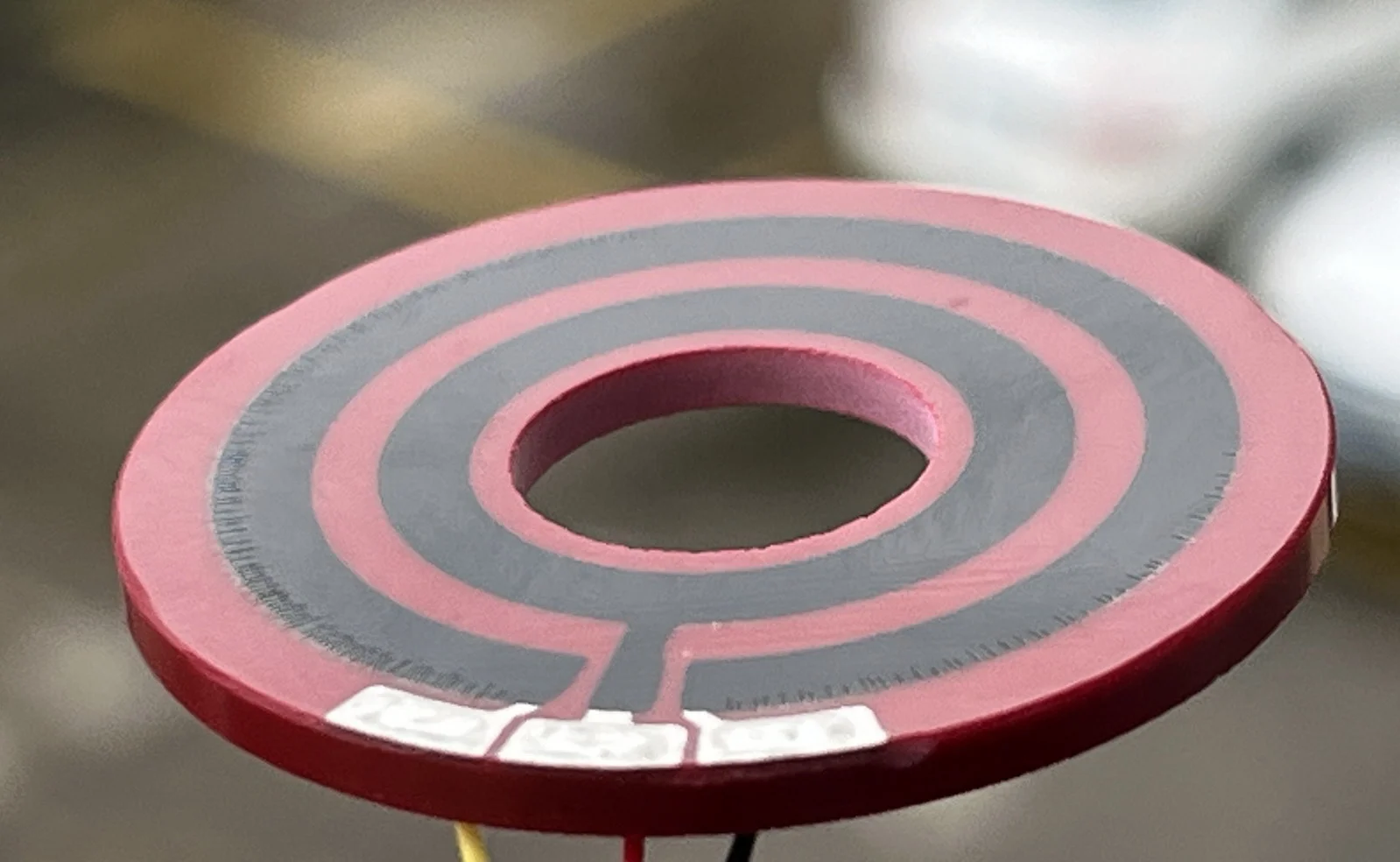1) Overview
Military-grade potentiometers are precision components specifically designed for military and aerospace applications, capable of withstanding extreme conditions and ensuring system stability in harsh environments. They play a critical role in high-stakes fields such as flight control, communication equipment, and weapon systems.
2) Key Features
- Durability
- Constructed with robust materials to withstand vibration, shock, and extreme temperatures.
- Precision
- Resistance accuracy typically ranges from ±0.1% to ±1%, ensuring high precision control.
- Reliability
- Maintains consistent performance under high pressure and harsh conditions.
3) Specific Application Locations
- Avionics
- Used in flight control systems, navigation systems, and cockpit display systems.
- Military Communication Equipment
- Adjusts radio frequencies and signal strength, aiding signal processing.
- Weapon Systems
- Plays a role in aiming systems and ammunition control systems.
- Ground Vehicles
- Used in powertrain systems and sensor calibration.
4) Detailed Resistor Specifications
Normally, these resistor elements are made from either wire-wound or conductive plastic.
Below is a table summarizing the key specifications of military-grade potentiometers:
| Parameter | Specification | Description |
|---|---|---|
| Resistance Range | 10Ω to 1MΩ | Wide range for diverse applications. |
| Power Rating | 0.25W to 5W | Suitable for high-load requirements. |
| Rotational Life | 10,000 to 100,000 cycles | Ensures long-term durability in harsh conditions. |
| Linearity | ±0.1% to ±1% | Provides stable signal output. |
| Temperature Coefficient of Resistance (TCR) | 100 ppm/°C | Ensures minimal resistance change with temperature. |
In the table, we see that the potentiometer’s power looks pretty low. Why? Well, it’s mostly busy sending control signals to servo motors or reporting back voltage and current readings to the control system at certain spots. So, it doesn’t need to flex with a lot of power—it’s more of a brainy helper than a muscle-bound hero!
5) Functional Overlap with Military-Grade Sensors
Military-grade potentiometers share several functionalities with other military-grade sensors, such as:
-
Position Detection
- Similar to linear displacement sensors or rotary encoders, but more cost-effective.
- Used in systems where precise position feedback is required.
-
Signal Conditioning
- Used to calibrate sensor output signals, similar to signal conditioners.
- Ensures accurate signal processing in harsh environments.
-
Temperature Compensation
- Compensates for temperature changes by adjusting circuit parameters.
- Critical in aerospace applications where temperature fluctuations are extreme.
6) Storage and Operating Temperature Limits
- Operating Temperature
- -55°C to +125°C, suitable for extreme environments.
- Storage Temperature
- -65°C to +70°C, ensuring long-term storage stability.
Interestingly, this clearly demonstrates that operational temperatures exceed standard storage limits.
- -65°C to +70°C, ensuring long-term storage stability.
7) Key Considerations for Selection
- Environmental Suitability
- Ensure it can withstand vibration, humidity, salt spray, etc.
- Precision Requirements
- Select appropriate resistance accuracy and linearity based on application.
- Customization Options
- For special needs, custom resistance ranges or dimensions can be chosen.
8) FAQ | Frequently Asked Questions
- Do military-grade potentiometers require regular calibration?
- In high-precision applications, regular calibration is recommended to ensure performance stability.
- Can military-grade potentiometers be used in high-radiation environments?
- Some specially designed products can be used in high-radiation environments, but their radiation tolerance level must be specified.
- Does the material of military-grade potentiometers affect their electromagnetic compatibility (EMC)?
- The materials used typically have good EMC, but shielding and grounding should still be considered during design.
By combining an overview with detailed technical specifications, this article provides a comprehensive guide to military-grade potentiometers, helping you better understand their features and applications to make informed decisions.

